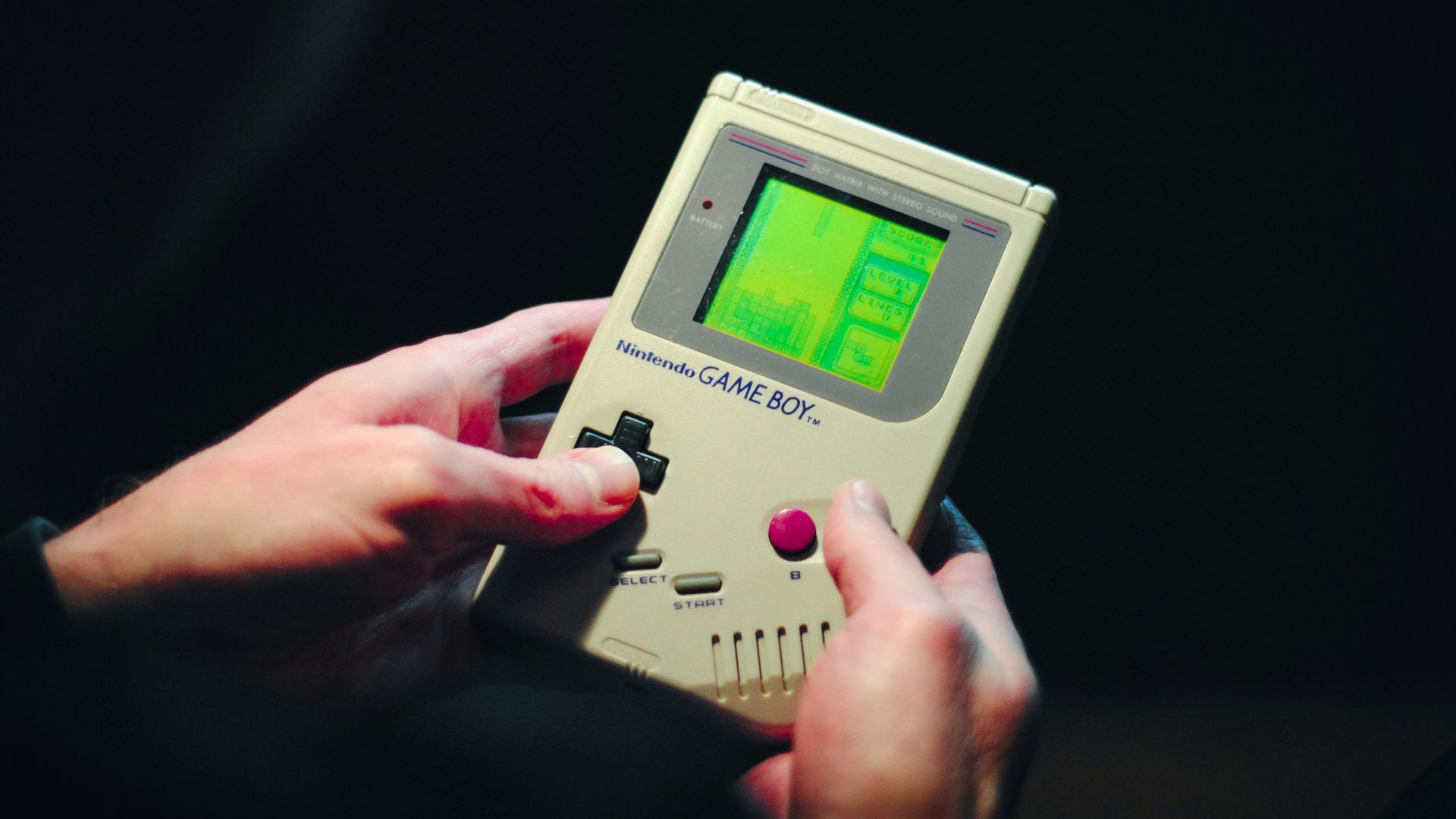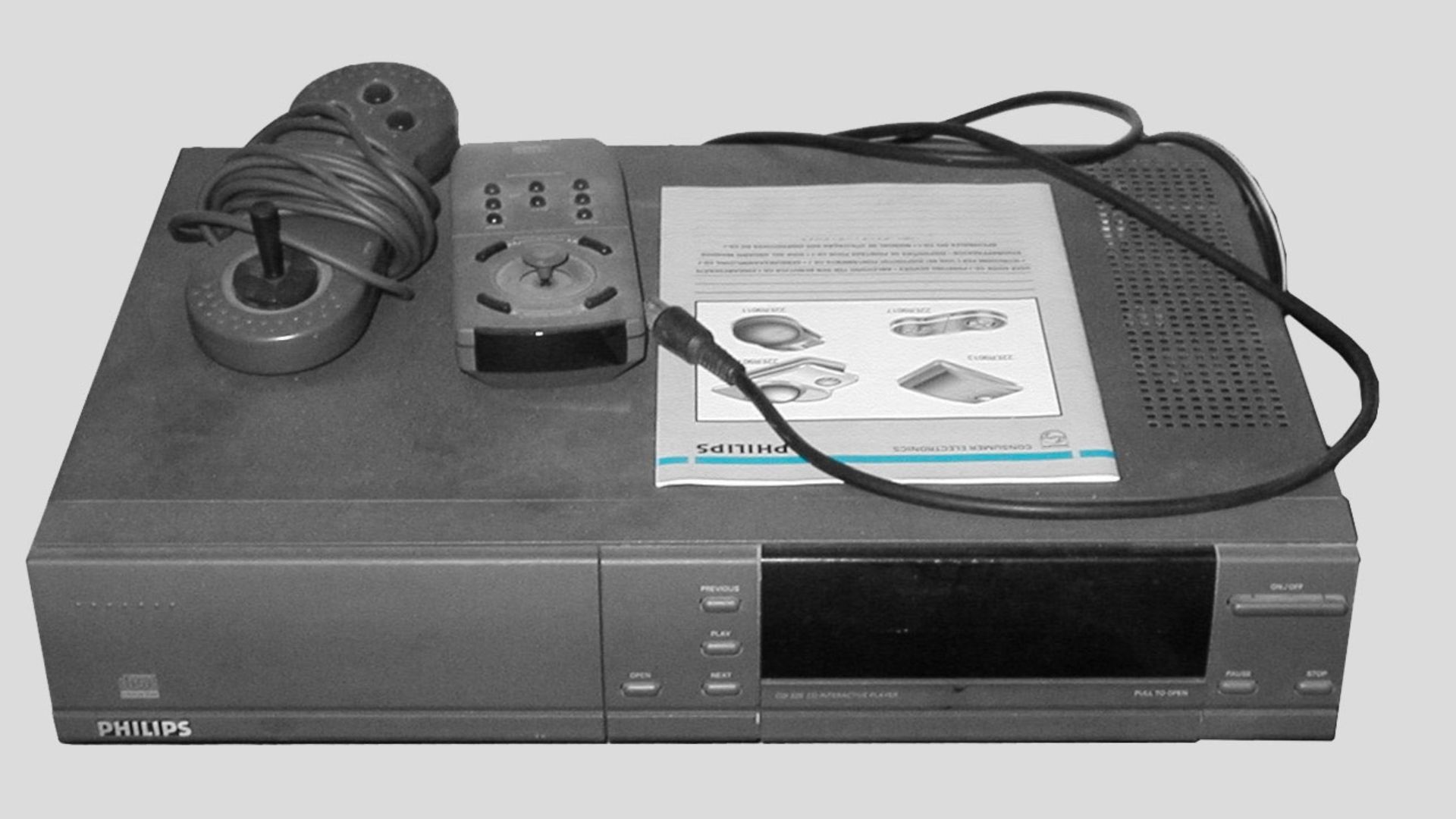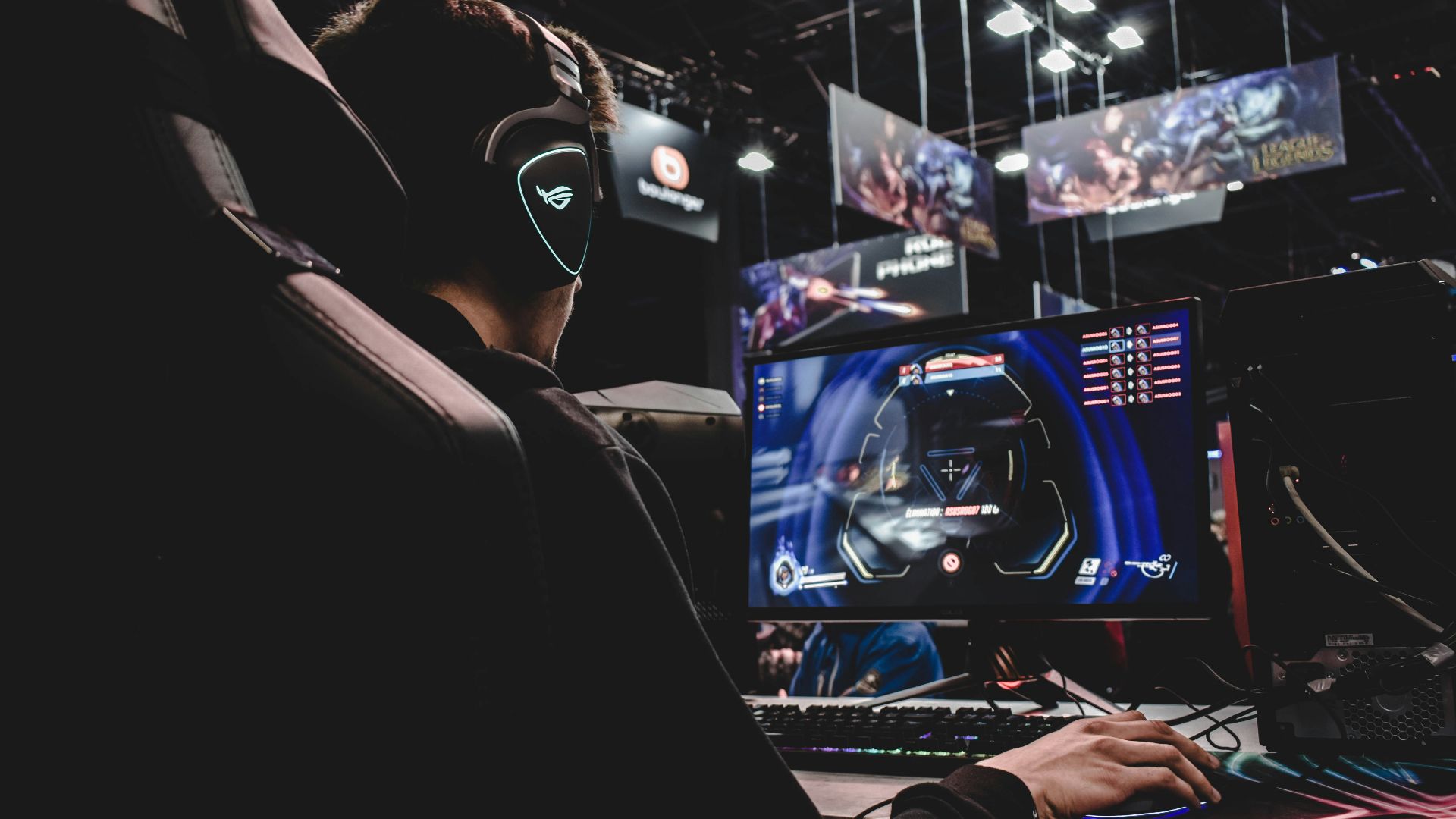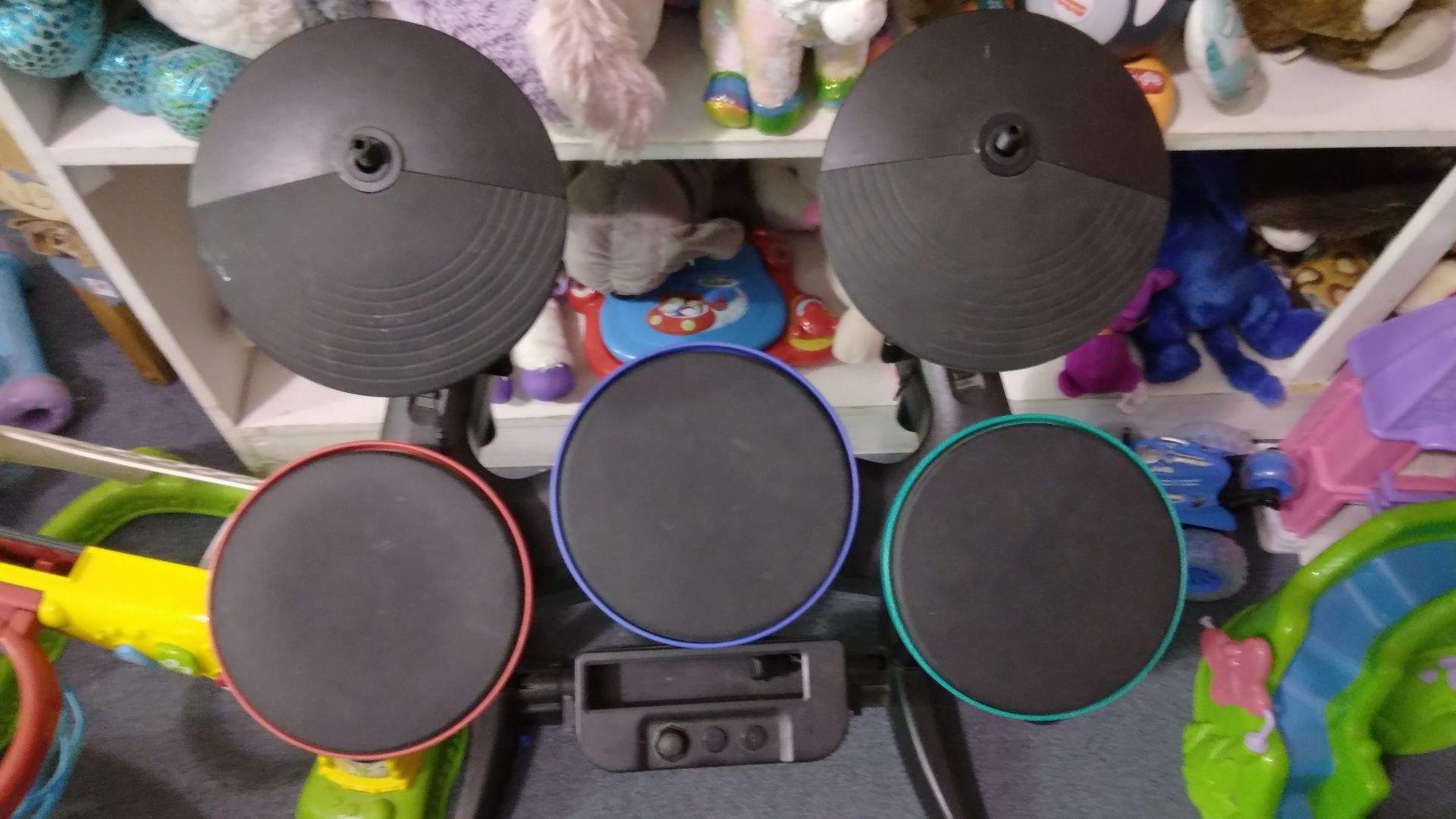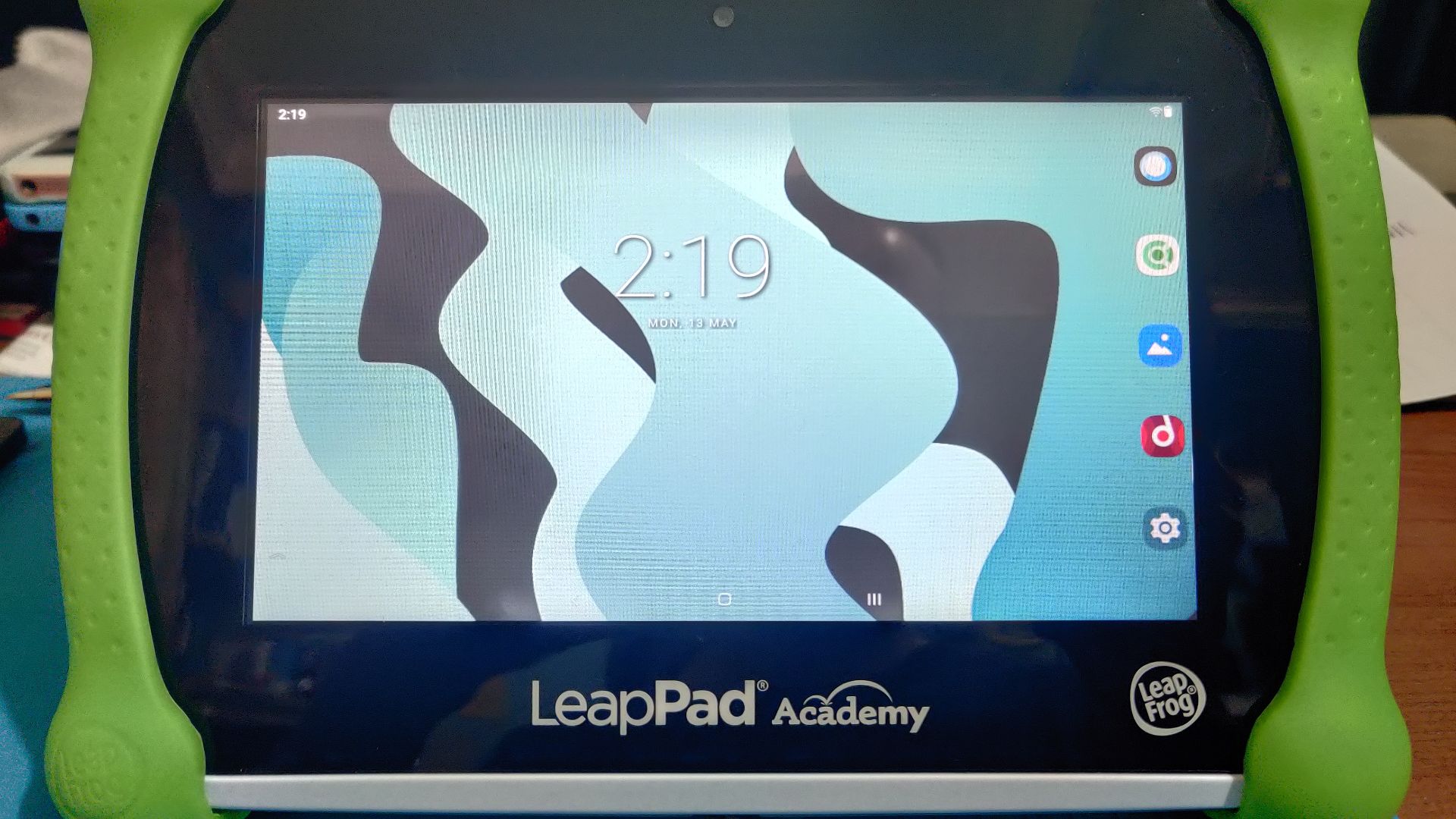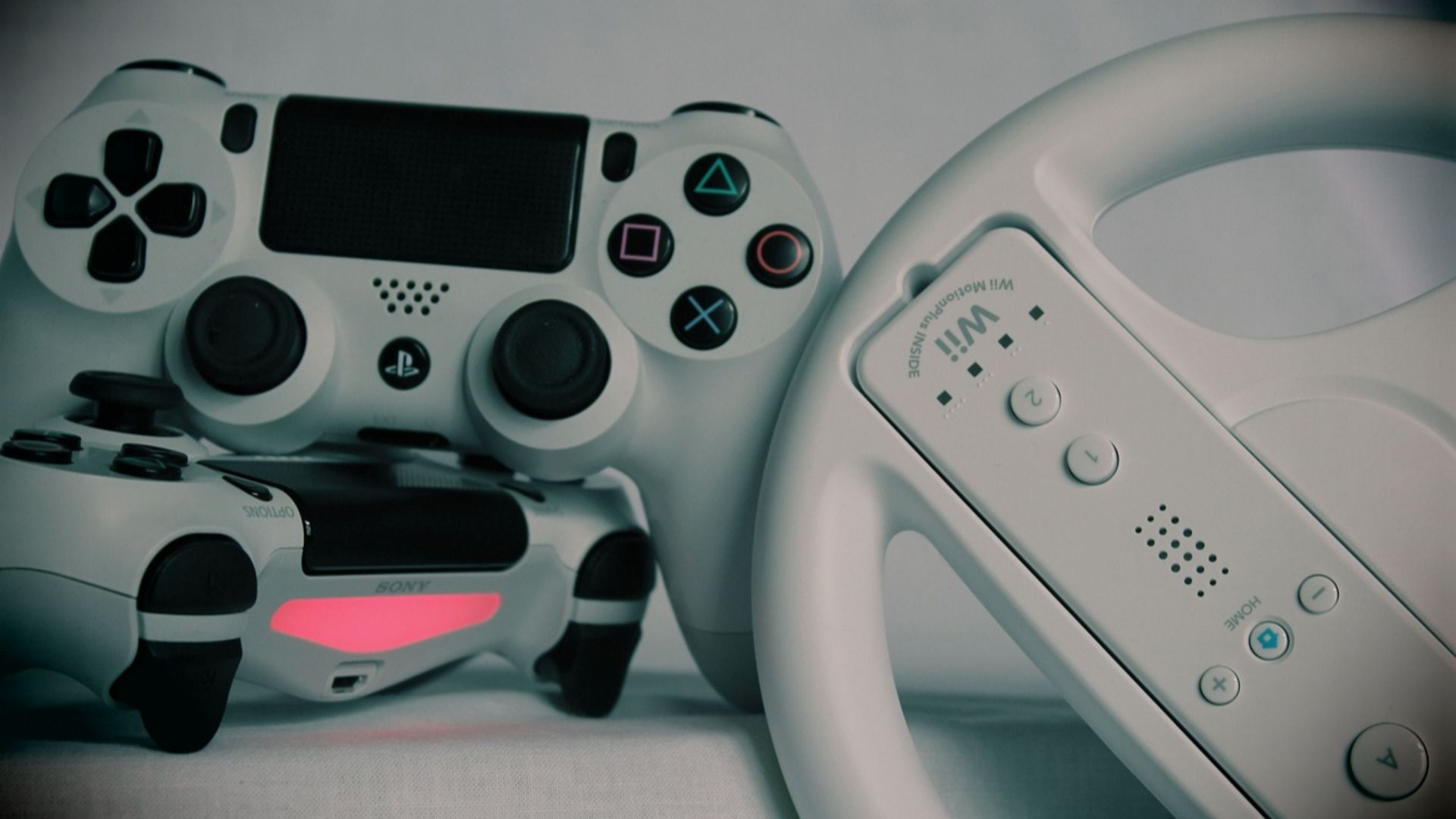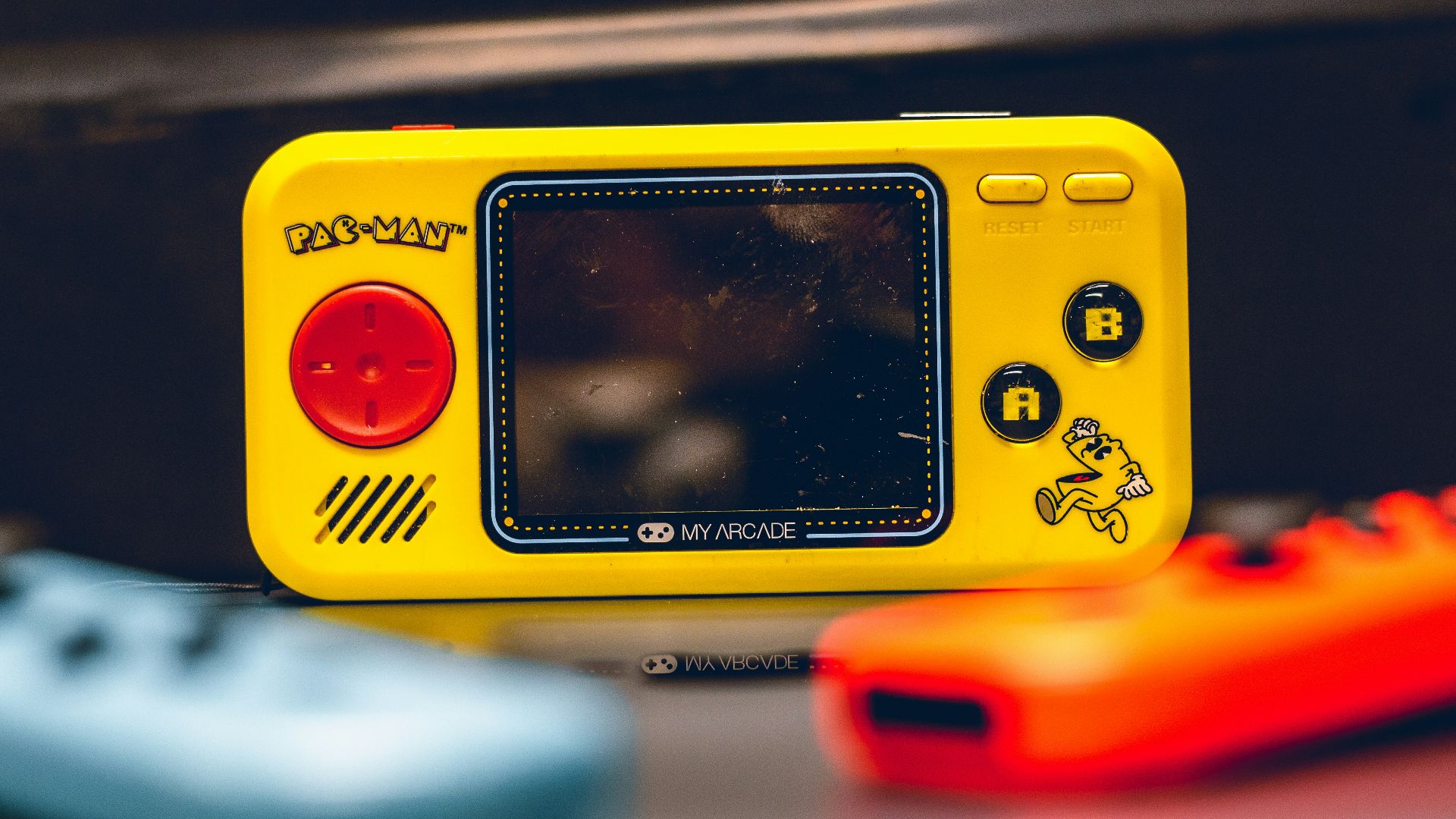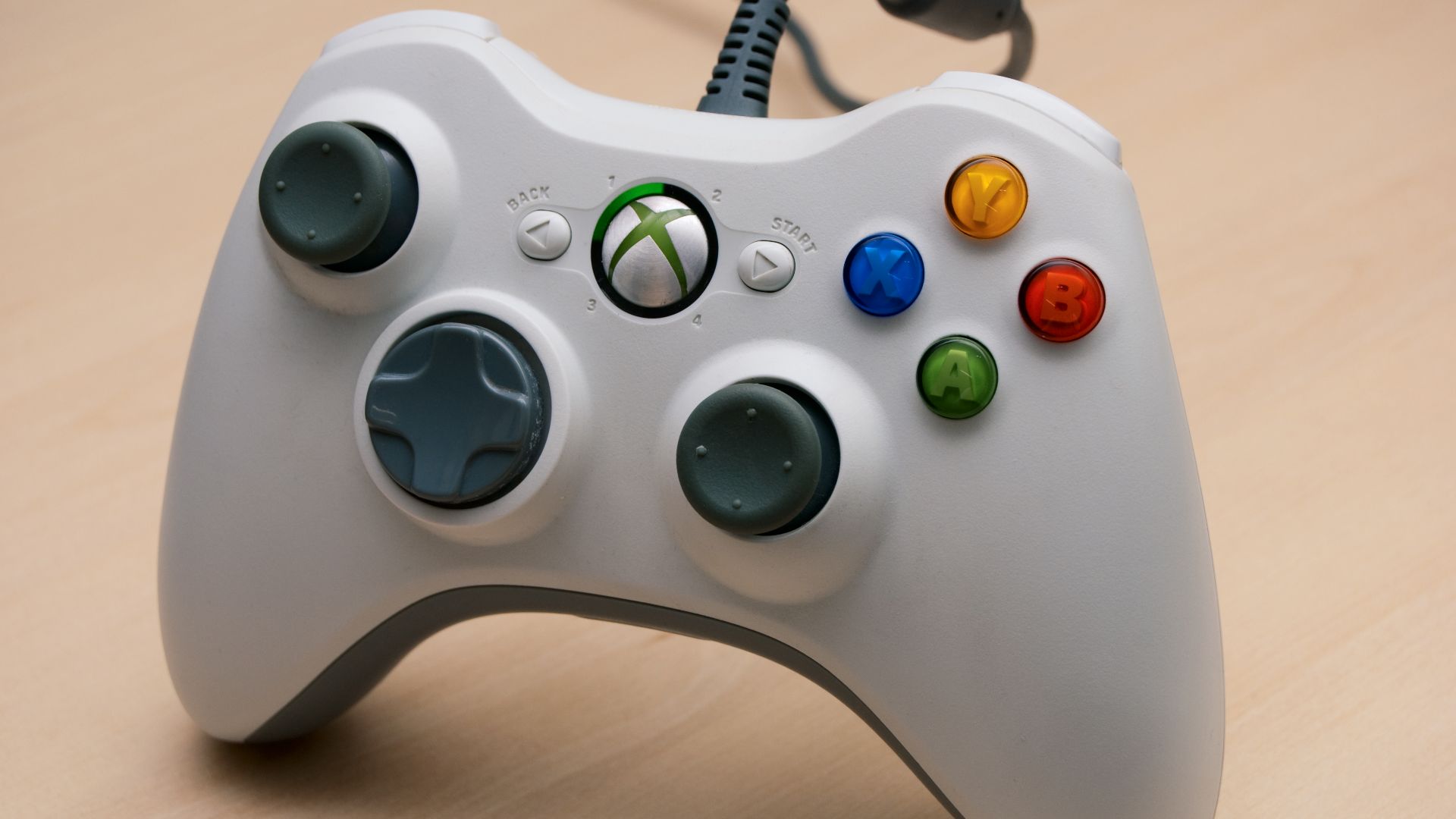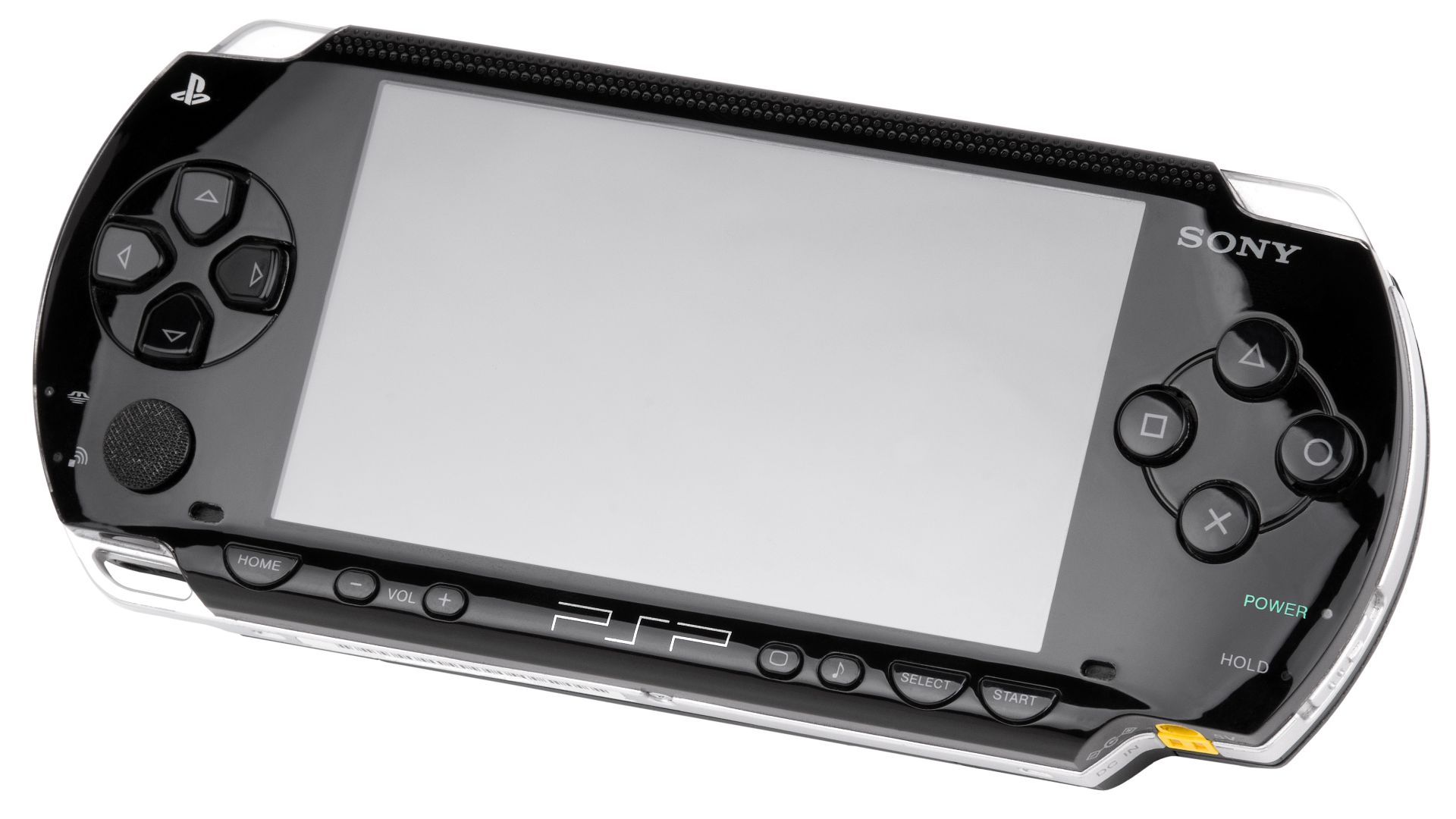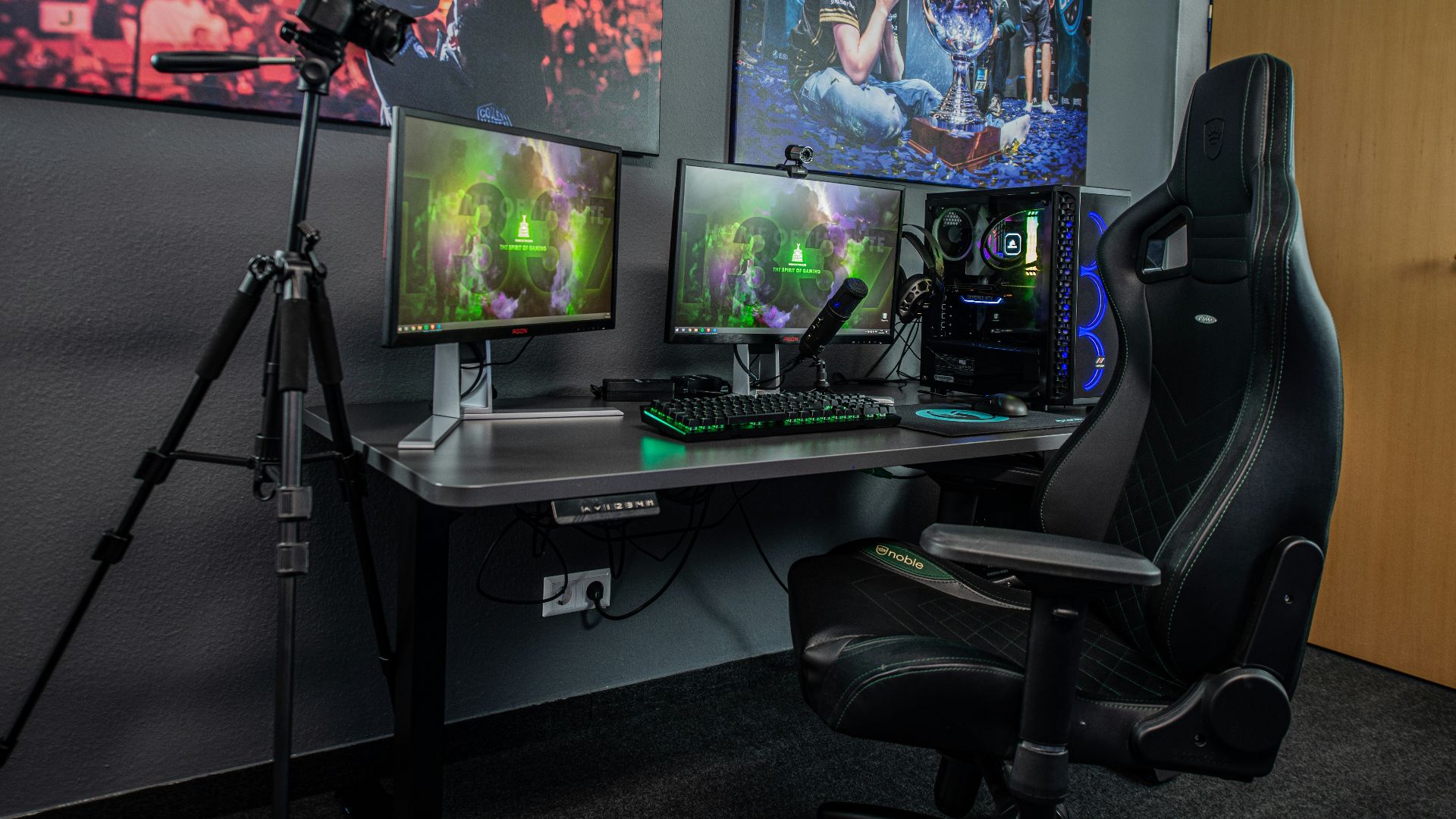Gaming Fads That Came And Went In A Flash
Gaming history is packed with wild ideas—some brilliant, some bizarre, and others doomed from the start. For every lasting trend, there's a handful of fads that fizzled out before they could make an impact. So, let’s take a fun look back at 20 gaming fads that never stood a chance in the grand scheme of things!
1. Full-Motion Video (FMV) Games
Cinematic ambitions couldn't save FMV games from their rigid gameplay. In the ‘90s, titles like “Night Trap” and “Phantasmagoria” promised interactive storytelling but delivered clunky mechanics. Limited interactivity and poor acting doomed the fad, making it a relic of gaming’s experimental past.
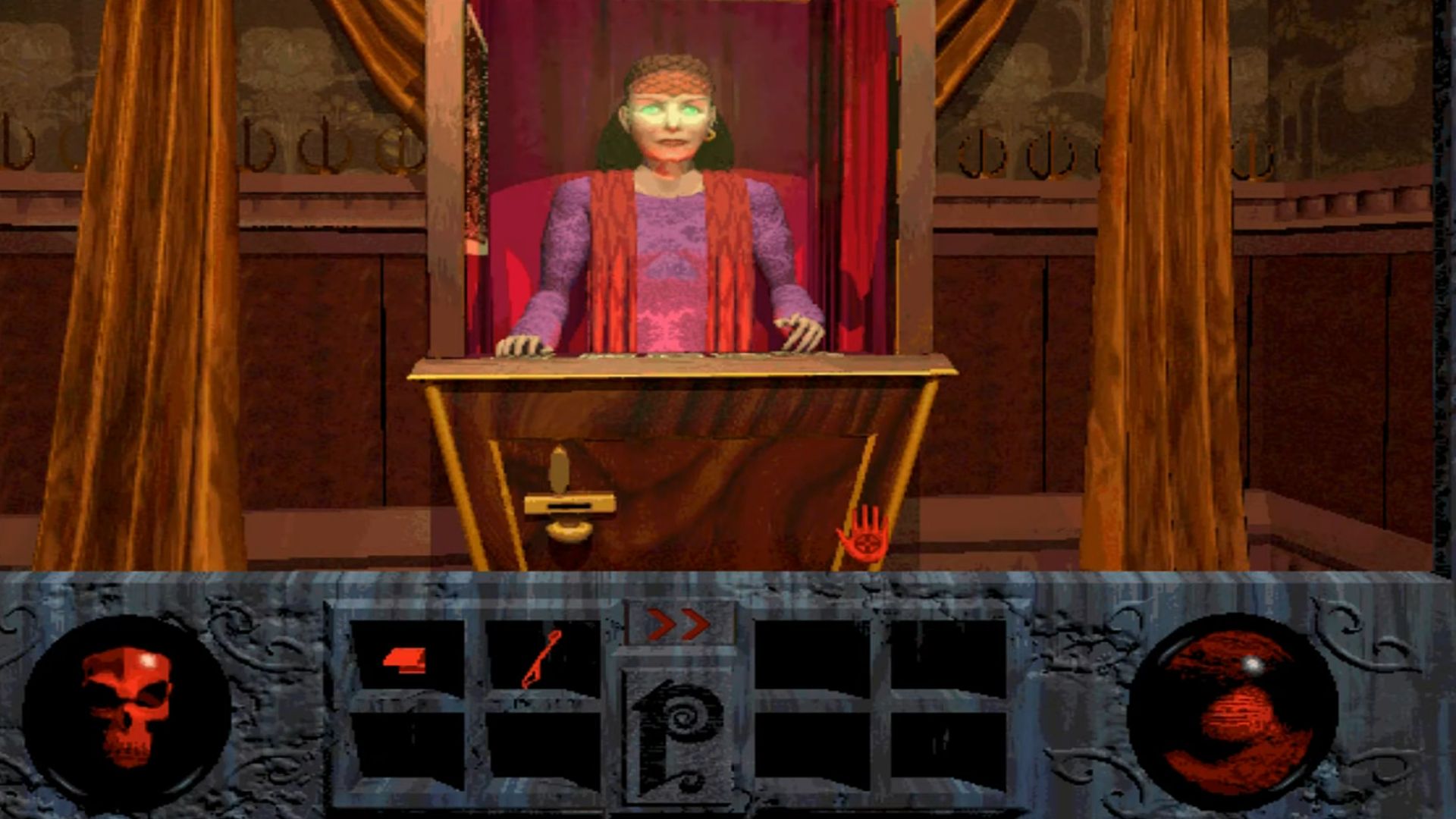 Let's Play - Phantasmagoria - Episode 1 by Kronenbourg - Let's Plays and Reviews
Let's Play - Phantasmagoria - Episode 1 by Kronenbourg - Let's Plays and Reviews
2. Multimedia Gaming Consoles
In the ‘90s, consoles like the Philips CD-i and Panasonic 3DO attempted to merge gaming with education and movies. Neither gamers nor educators enjoyed the hybrid format, leaving these devices overpriced and underwhelming.
3. 3D Television Gaming
Sony and Nintendo bet on 3D gaming, but blurry visuals and high costs killed the trend. The Nintendo 3DS had moderate success, yet 3D TVs flopped. By 2017, Sony halted support, which proved gamers preferred depth in storytelling over artificial depth in visuals.
4. Voice-Controlled Gaming
Attempts to integrate voice commands into gaming failed due to unreliable recognition and limited functionality. Developers hyped up voice commands as a hands-free revolution, but most gamers found traditional controllers and keyboards far more reliable.
5. Plastic Instrument Rhythm Games
“Guitar Hero” and “Rock Band” turned everyone into rockstars—for a while. By 2010, oversaturation and expensive peripherals struck a sour note. Players were tired of buying new songs and instruments, which led Activision and Harmonix to pull the plug on the once-booming genre.
6. LJN Roll ‘n Rocker
The LJN Roll ‘n Rocker was a balance board-style controller that let players tilt their bodies to move characters in-game while using a separate controller for actions. In theory, it aimed to revolutionize gameplay, but in practice, it was unresponsive, imprecise, and frustratingly difficult to control.
 LJN Roll & Rocker (NES) - BrianTheBlue A/C Reviews Episode 37 by Jacobians
LJN Roll & Rocker (NES) - BrianTheBlue A/C Reviews Episode 37 by Jacobians
7. Educational Gaming Consoles
VTech, LeapFrog, and other learning-based systems attempted to gamify education. While parents loved the idea, kids preferred traditional consoles. Limited libraries and outdated hardware kept these devices from competing. Eventually, it turned them into dust collectors rather than must-haves for young gamers.
8. Game Boy Pocket Sonar
The Game Boy Pocket Sonar was a quirky yet short-lived gaming fad from the late ’90s. It used sonar technology to detect fish up to 65 feet underwater and displayed their locations on the Game Boy’s screen. While it was a novel idea, the bulky attachment and niche appeal made it more of a curiosity than a must-have gadget.
9. Fitness Gaming Accessories
Wii Fit and Xbox’s Kinect-powered workouts gained traction briefly, but enthusiasm fizzled. Gamers preferred traditional workouts or mobile fitness apps over balancing on a plastic board. By the mid-2010s, developers abandoned fitness-based peripherals in favor of fitness-focused mobile solutions.
 Sergey Galyonkin from Raleigh, USA on Wikimedia
Sergey Galyonkin from Raleigh, USA on Wikimedia
10. Blockchain-Based Gaming
NFTs and play-to-earn mechanics were built to bring a revolution and not to become a cash grab. Games like Axie Infinity saw initial hype before plummeting in value, proving that most gamers prioritize fun over financial speculation.
 Axie Infinity Official Trailer by Axie Infinity
Axie Infinity Official Trailer by Axie Infinity
11. Peripheral-Based Gaming
The 2000s were packed with gaming add-ons, from motion gloves to custom controllers, but most were flashy gimmicks rather than true innovations. Nothing proved this more than Steel Battalion’s massive $200 controller—overpriced, overly complicated, and ultimately, completely unnecessary.
12. Live-Action Role-Playing (LARP) Video Games
Some developers tried blending LARP and video games with mixed results. Early MMOs incorporated real-world elements, but the novelty never stuck. Gaming remained a sit-down hobby, proving players preferred to role-play from their couches rather than reenact battles in fields.
13. Console-Based Web Browsing
PlayStation and Xbox introduced web browsing on consoles. However, sluggish navigation with awkward keyboard controls made it impractical. Smartphones and tablets took over, which makes the feature irrelevant. Console web browsing remains an afterthought.
14. Handheld TV Gaming Devices
TV-based handhelds promised console-quality gaming on the go, though poor screens and limited libraries held them back. Devices like the Sega Nomad and TurboExpress drained batteries too fast, making travel gaming impractical. The Nintendo Switch later perfected the concept and made it a success.
15. Console-Based Karaoke Games
SingStar and Lips brought karaoke nights home. To deliver this outcome, the licensing of popular songs proved costly, and microphones cluttered living rooms. As streaming services like Smule and YouTube provided easier alternatives, console karaoke games hit their final note.
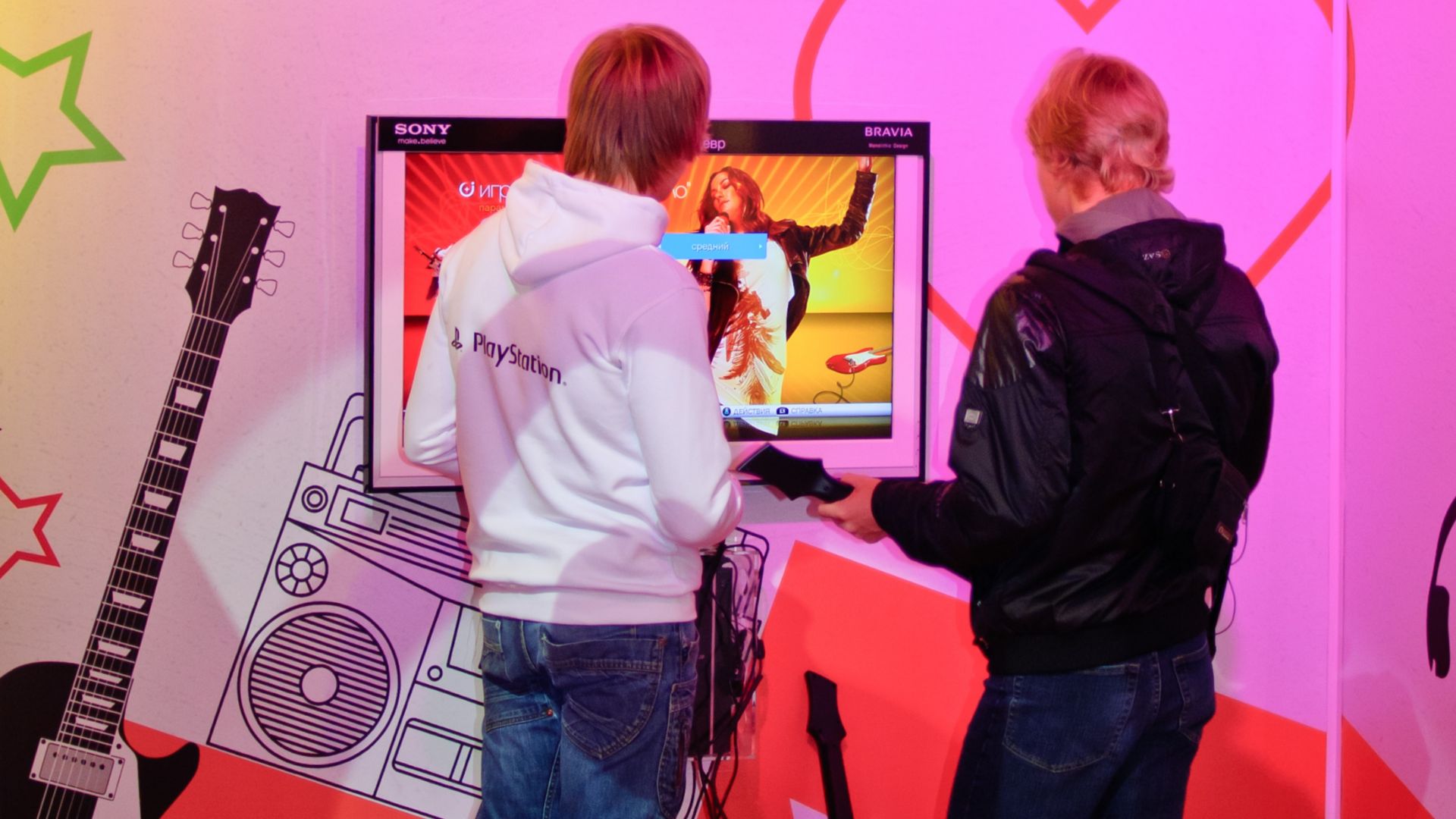 Sergey Galyonkin from Raleigh, USA on Wikimedia
Sergey Galyonkin from Raleigh, USA on Wikimedia
16. Resident Evil 4 Chainsaw Controller
Shaped like a blood-splattered chainsaw, this one was a nightmare to use, with awkward button placement and an impractical design. Despite its cool pull-cord startup sound, most players ditched it for a standard controller after a few frustrating attempts.
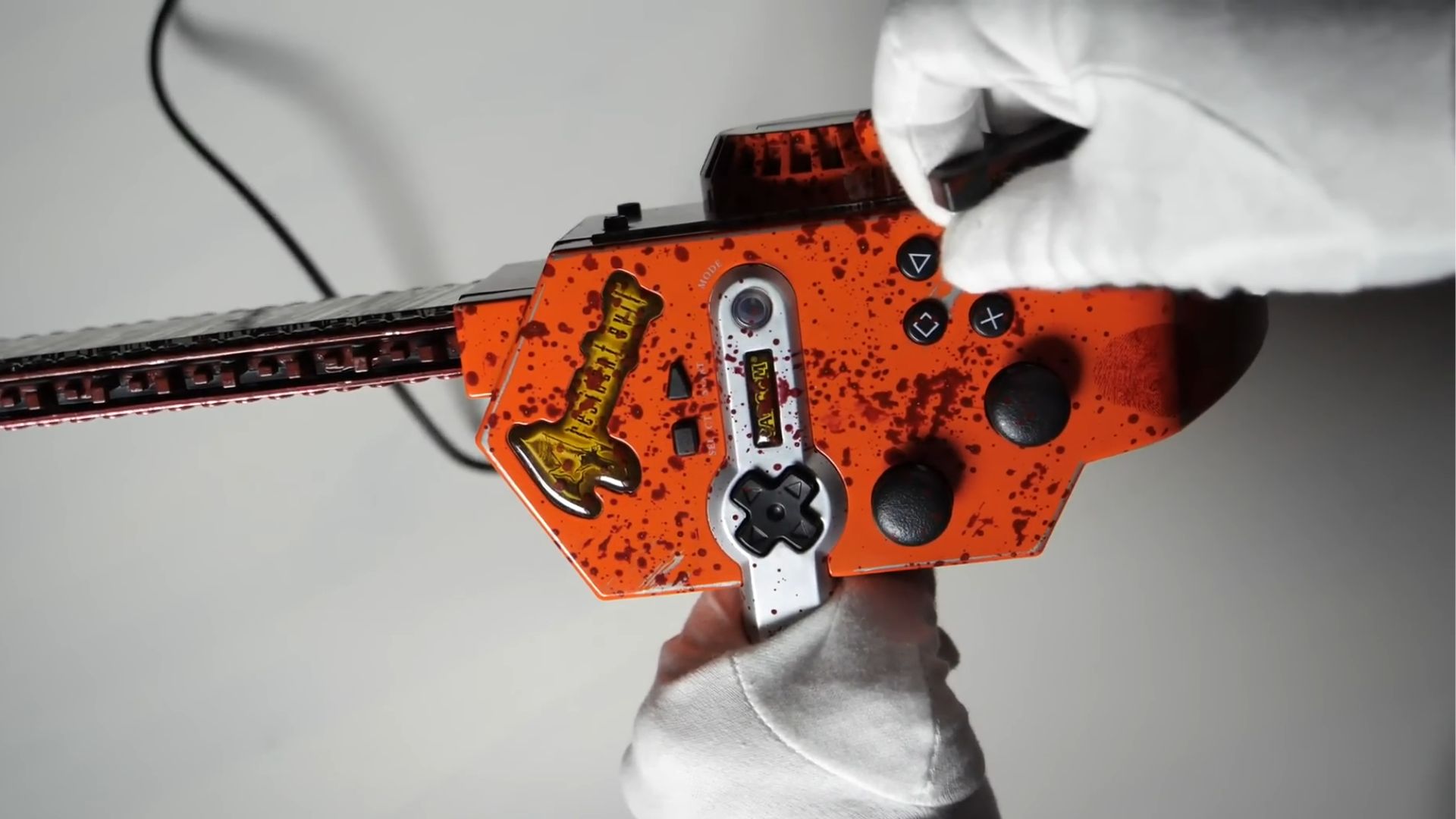 Resident Evil 4 Chainsaw Controller Unboxing + Call of Duty Black Ops 2 Gameplay by TheRelaxingEnd
Resident Evil 4 Chainsaw Controller Unboxing + Call of Duty Black Ops 2 Gameplay by TheRelaxingEnd
17. Console-Based Social Media Integration
Developers once envisioned consoles as social media hubs. Xbox 360 featured Facebook and Twitter apps, and navigating social feeds with a controller felt tedious. Smartphones made this redundant, and gaming consoles refocused on their true strength—delivering great games.
18. Gaming Glasses
Gunnar Optiks promised to reduce eye strain, yet most gamers reported minimal impact. The high price and unproven benefits kept them from gaining widespread popularity. Gamers ultimately valued comfort and performance over a pair of tinted lenses.
 Maurizio Pesce from Milan, Italia on Wikimedia
Maurizio Pesce from Milan, Italia on Wikimedia
19. Console-Based Video Calling
Microsoft and Sony experimented with video calling on gaming consoles. However, users preferred laptops and phones. Kinect’s Skype integration never took off, and PlayStation’s camera remained underutilized. As a result, video calls remained an accessory feature.
20. Gaming Chairs With Built-In Speakers
Speaker-equipped gaming chairs delivered awkward ergonomics and subpar audio. Plus, surround sound systems and quality headsets proved superior. Gamers quickly realized comfort mattered more than built-in speakers, leaving this trend to collect dust in gaming furniture history.


